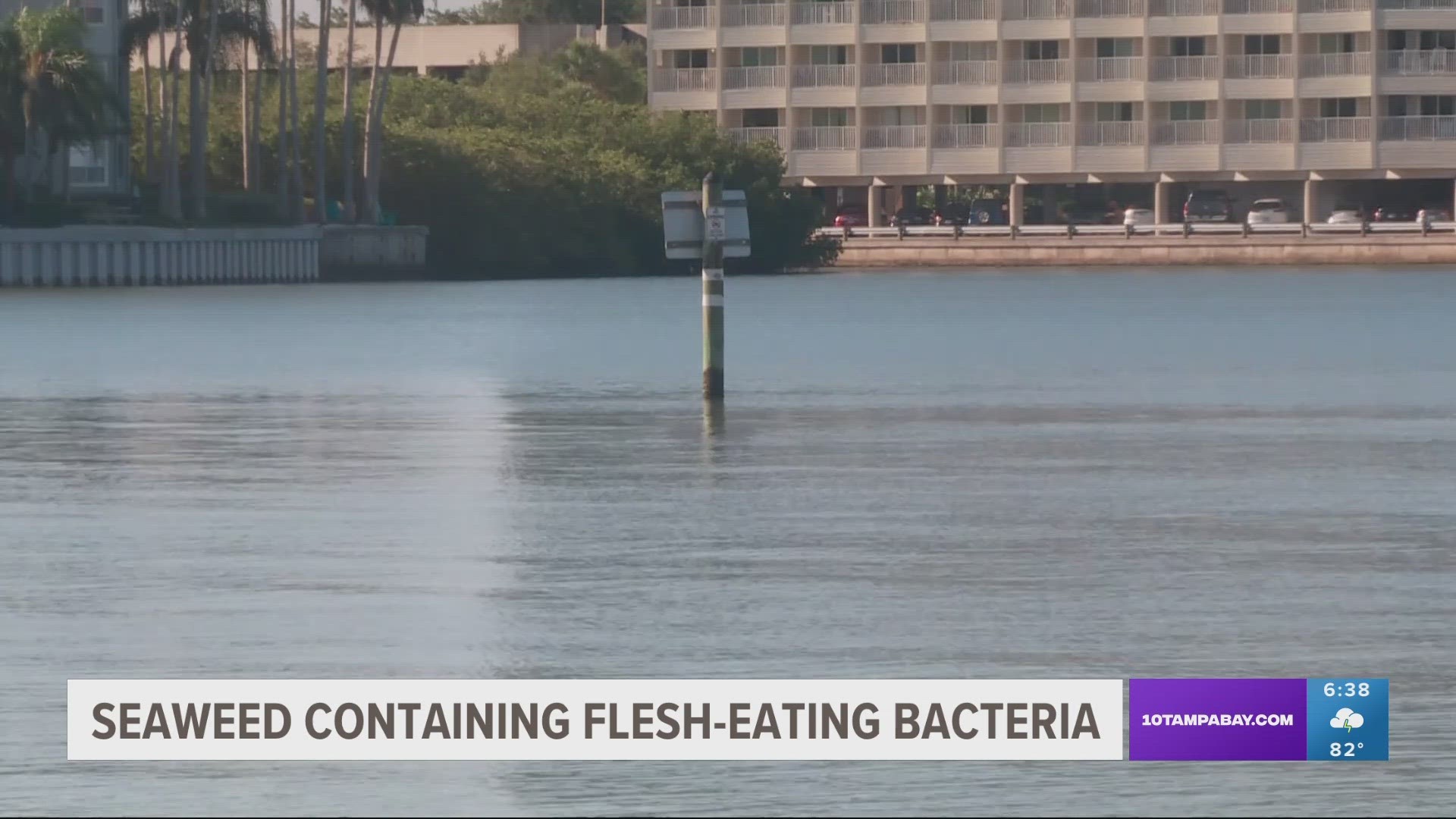ST. PETERSBURG, Fla. — Back in March, the sargassum seaweed blob was at a record-setting level. A lot of scientists thought that this would be an increasing problem as it moved toward U.S. coastlines this summer.
But ever since March, the University of South Florida Optical Oceanography Lab has seen a sharp decrease in sargassum coverage. In fact, the latest report from May shows that the total amount of the bloom has decreased by 15 percent. Most of that decrease has been evident in the eastern Atlantic with no major changes elsewhere.
This is the first major decrease in sargassum during this time of year since 2011, according to the latest outlook. And now, they are expecting the Gulf of Mexico sargassum to decrease in June.
What does this mean for the coastal beaches in the United States?
It should mean that typical areas that see sargassum, including the Florida Keys and the east coast of Florida, should see a decrease in the amount of sargassum that washes up on the beaches. That does not mean that there will not be any more wash-ups, but it does mean that the frequency and size will be lower.
Here in the Tampa Bay region, we tend to get spared by these blooms as they ride up along the Gulf Stream. That is why the Keys and east coast of Florida tend to see the most sargassum.
The USF Optical Oceanography Laboratory states that this unexpected decrease is another sign that more research is needed to understand the dynamics of the bloom.

